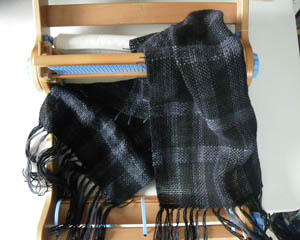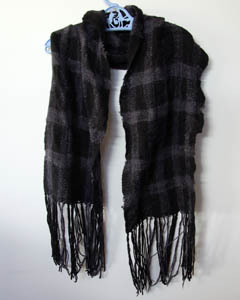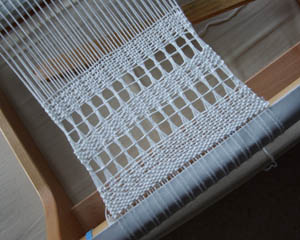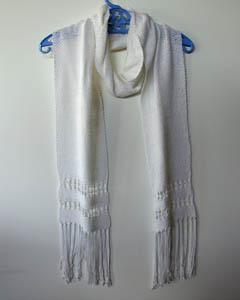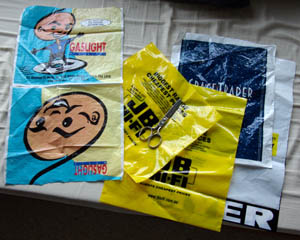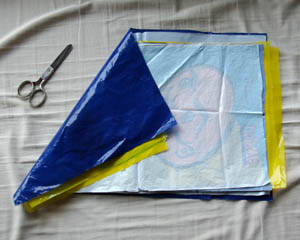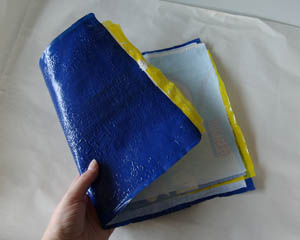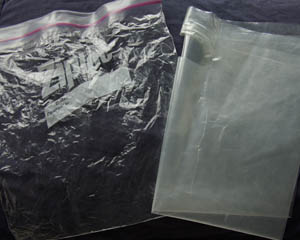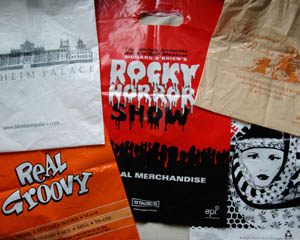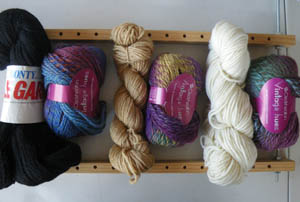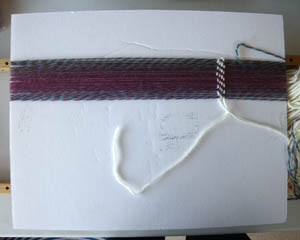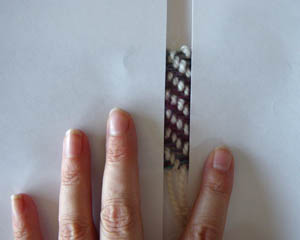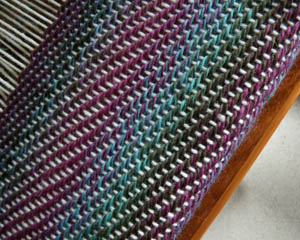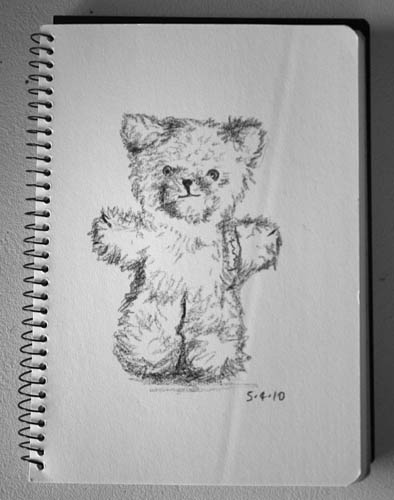This little book has been almost finished for a while now, and I finally completed it yesterday.
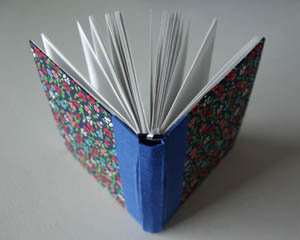
It was a project for me to repeat most of the method taught to us in class, with a few variations. The main change was to use wheat paste instead of PVA glue. I also wanted to see how much harder it would be to wrap the book cloth around the covers rather than stick the covers on top of it. And I also wanted to test my homemade book cloth.
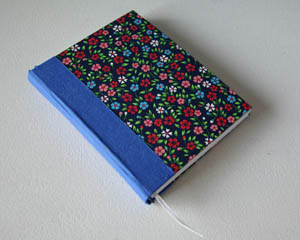
The wheat paste worked just fine, except in two instances. I needed to make and attach the headband with PVA. Wheat paste was not going to be strong enough or dry fast enough. The second problem was this:
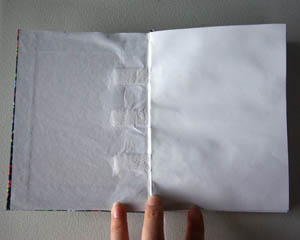
Like in the method we were taught in class, the way to attach the cover is to stick it to the first and last pages. Unfortunately the wheat paste created a crinkly, water-stained effect.
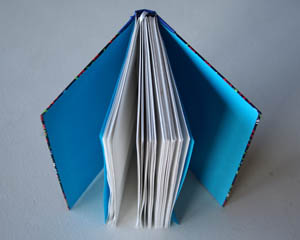
This probably wouldn’t happen with thicker, better quality paper. I hid it by glueing on some blue paper with a glue stick (hardly ‘archival’, but I wasn’t going to risk the same thing happening with the paste).
The homemade book cloth worked almost as well as the shop-bought type, but I did have a few threads start to come free at the edge of the cloth, that I had to trim off. Not sure how to fix this. I suspect if I dabbed some extra glue along the edge I’d get shiny dried glue showing. I’ll have to experiment some more.

